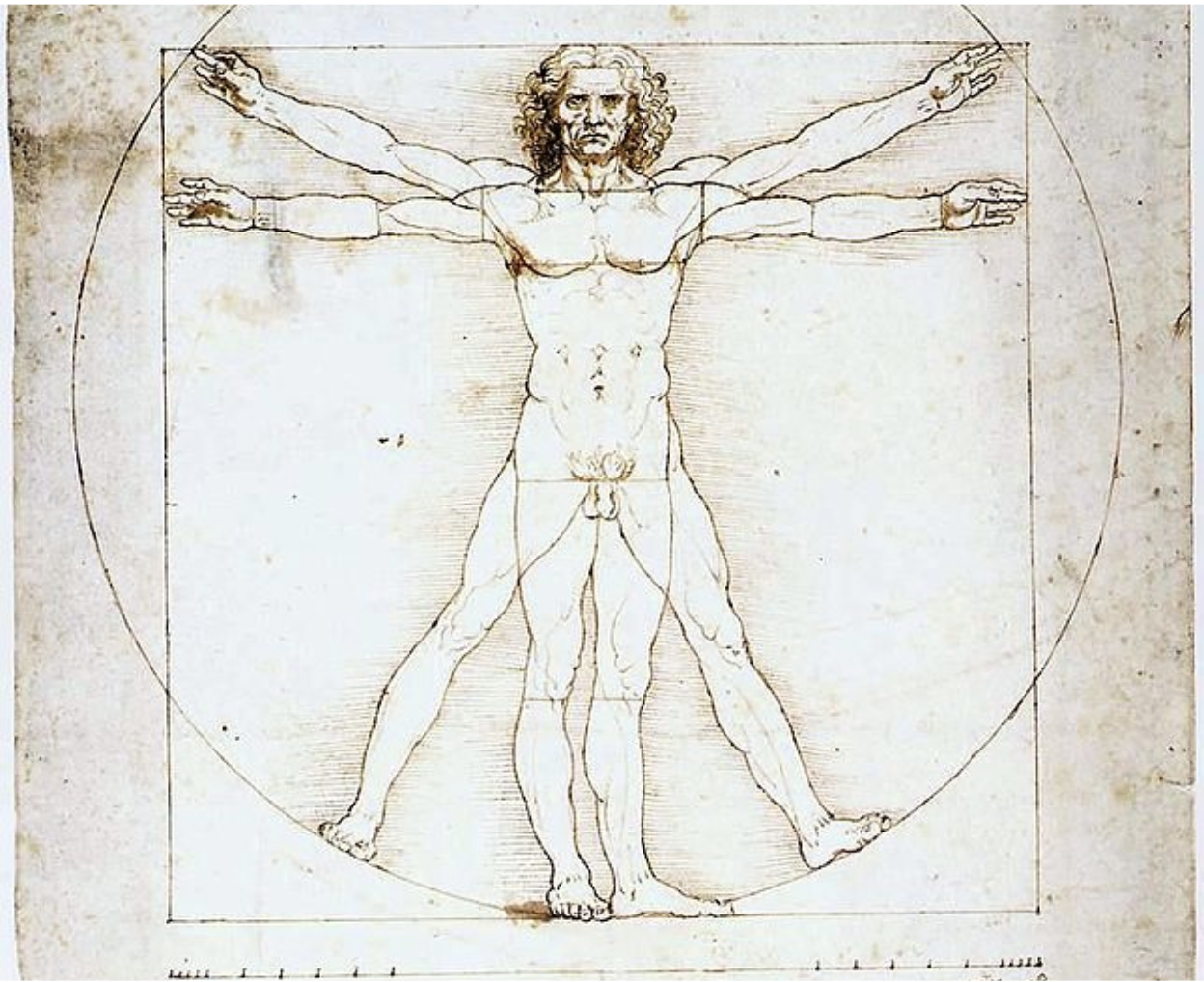Can drunkenness ever be holy? Brady examines the employment of drunkenness as a motif for both spiritual admonition and encouragement in the writings of the Church Fathers and the visual propagation of these teachings through early modern depictions of Noah and His Sons.
The fashion world draws inspiration from a myriad of art eras. From mosaics to paintings, the art sector has stimulated high fashion houses to be more daring in their designs. In the past decade, iconic pieces such as Vincent van Gogh’s “Vase with Twelve Sunflowers” have made statements on runway. Undoubtedly, this trend permeates the fashion world and the globe. However, the rise of streetwear has exposed old and new artists in previously inconceivable ways. As the streetwear market engages with its fresh audience with artists and high fashion continues to build upon its already strong foundation, there is no denying that art and fashion’s intersection has been rejuvenated.
As if Leonardo da Vinci’s “Mona Lisa” or Van Gogh’s “Wheatfield with Cypresses” were not notorious enough, the Louis Vuitton 2017 collection entitled “Masters” brought the works into the field of fashion. The two-part collection built on some of the works of the world’s most celebrated painters. The collection included the works of Peter Paul Rubens, Titian, Jean-Honoré Fragonard, and those mentioned previously. Each artist had their masterpiece covered on a handbag, along with the respective artists’ names in metallic gold letters. Designed in collaboration with none other than Jeff Koons, one could write an entire essay on his history and decision-making process for this work but for right now, let’s just say the collection and its niche marketing tactics brought upon further greatness for the luxury fashion house, the already priceless paintings as well as their home La Musée du Louvre.
This was not the first time Louis Vuitton has worked in conjunction with the art world. To name one, Takashi Murakami is one of many artists to have collaborated with the French fashion brand. Both Murakami and Koons are from the temporary era and have had collaborations with a myriad of entities. Whilst Koons has worked with the likes of Google and most recently Uniqlo, more notably Murakami’s pieces have included prominent collaborations with the once coveted ‘Supreme’ and unforgettable ‘Crocs’. Such projects have garnered significant attention and traction, with the former collaboration raising $1 million for Covid-19 relief and the latter collaboration fetching up to $1500 in the resell market. Ultimately, Murakami’s works aim to weave such a wide range of Japanese traditions and obsessions with their cultural concepts and artistic techniques from drawing to painting. Each has found their way into museums onto t-shirts and even collectible accessories.
The combination of painting and fashion has recently taken the media by storm, following Bella Hadid’s live runway show for Coperni during which a dress was spray painted by hand onto her before she strutted down the runway. Within 10 minutes, a fabric was painted onto Hadid’s body and after a moment, Coperni’s Head of Design Charlotte Raymond altered the chef-d'oeuvre into its final form. The dress has drawn comparisons from Shalom Harlow’s dress from the Alexander McQueen Spring 1999 show during which two robots spray-painted the outfit onto her. Whilst Coperni would deny such a comparison, the two pieces show the majestic potential that the direct collision of art and fashion produces.
The infusion of art into fashion and fashion into art has heightened the exposure of both industries at all levels. Currently, the symbiotic relation of fashion and art can best be seen in both the streetwear and high-fashion markets as the two become more intertwined and collaborative than ever before. The works of artists both past and present has been an inflection point in both industries. But for now, let’s just hope there is more to come in this space.





